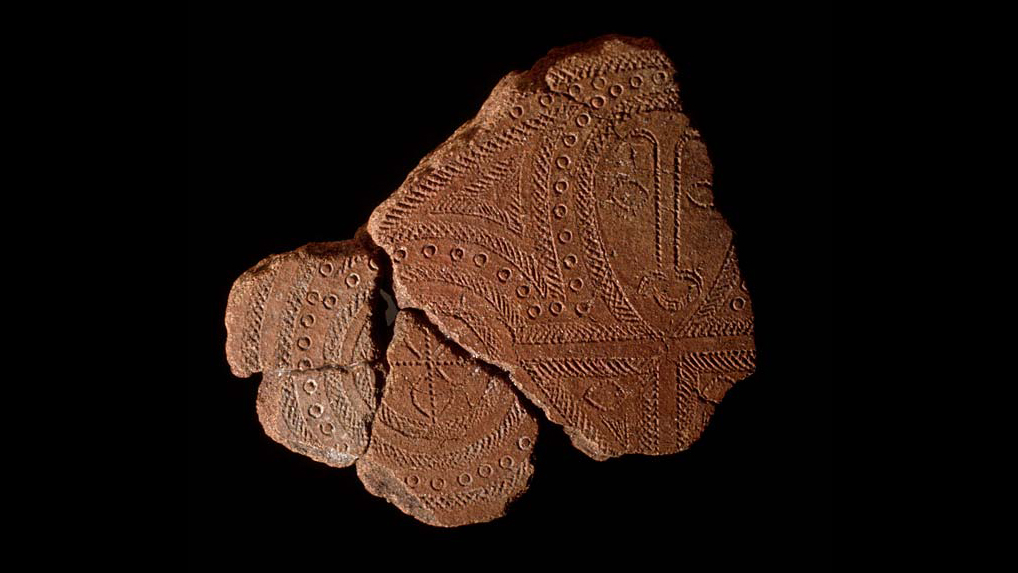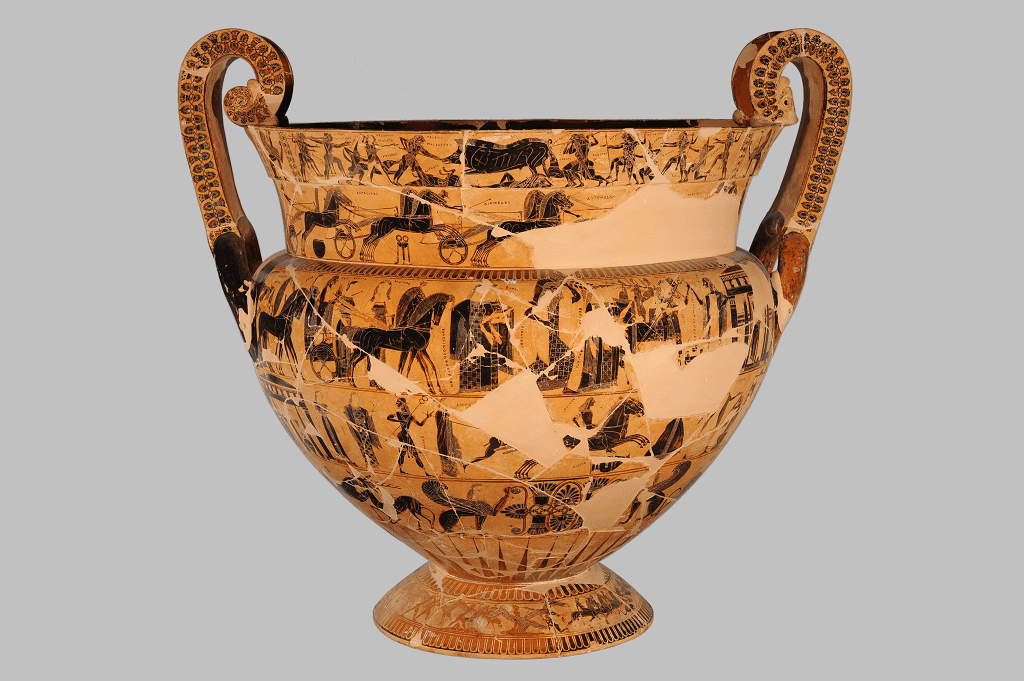


More Explainableĭeep learning, Pawlowicz and Downum explain, has long been seen as a “black box.”īut new tools such as Grad-CAM (gradient-based class activation maps) “queries” the model to determine which areas of the input image were most important in assigning a type confidence to the image, Pawlowicz and Downum write. Pawlowicz trained the AI model used for the study in just a few hours on his PC, which is equipped with an NVIDIA GPU running a pair of common convolutional neural network models, VGG16 and ResNet50.Īnd the model, far from competing with existing archaeologists, could even be a valuable tool for training new ones. In their study, Pawlowicz and Downum showed that, when properly trained, a deep learning model can assign types to digital images of decorated sherds with an accuracy comparable to, and sometimes higher than, four expert-level contemporary archaeologists. So digitizing hundreds of thousands of images of sherds, along with geographical information, would be a potent tool. Examples of bowls and jars for Tusayan White Ware types from Museum of Northern Arizona. For example, there’s only one person still actively working who was trained by the first-generation definers of the design categories, and perhaps a dozen trained by the second generation of experts. The problem is that very few have the training - and the decades of experience needed - to understand what they’re looking at.įor archaeologists, turnover is a concern. They might even be able to, one day, recognize the work of individual artisans and trace the distribution of pottery across long-dormant trading networks. Identifying Long-Dead Artisansĭownum, an anthropology professor at Northern Arizona University, says quickly analyzing sherds from the region - and worldwide - would allow researchers to glean new insights into life hundreds of years ago. The challenges archaeologists studying pottery sherds face parallels those confronted by scientists across a sprawling array of fields - from astronomy to zoology - who are turning to AI to harness larger and larger quantities of data to tackle increasingly ambitious projects. “There are tens if not hundreds of thousands of sites that were occupied 1,500 years ago until modern times by the Hopi and the Zuni in Arizona in New Mexico,” explains Pawlowicz, an adjunct faculty member at Northern Arizona University (and a Jeopardy! Tournament of Champions winner in 1992).

They represent just a sliver of the rich archaeological heritage of the southeastern United States. Map of the Southwest United States showing the approximate distribution of Tusayan White Ware.Īs a result, Tusayan White Ware sherds are a window into the sophisticated, preliterate cultures of the American Southwest.
Pottery fragment 49385 how to#
In the 1920s, archaeologists figured out how to use the designs to categorize the pottery so they can understand when artisans created each pottery fragment. This pottery ware, which features geometric black designs painted on white ceramics, was created in what is now northeastern Arizona between A.D.

The technique, outlined in a paper published in the June issue of The Journal of Archaeological Science by Leszek Pawlowicz and Christian Downum focused on a specific kind of ancient painted pottery from the American Southwest known as Tusayan White Ware. A pair of researchers at Northern Arizona University used GPU-based deep-learning algorithms to categorize sherds - tiny fragments of ancient pottery - as well as, or better than, four expert archaeologists.


 0 kommentar(er)
0 kommentar(er)
